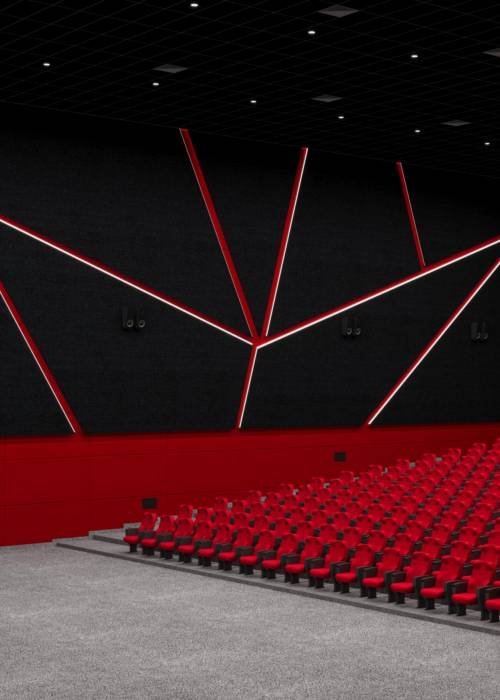Acoustic boards help lessen undesirable reflected sound in any room...
Metal ceiling tiles as a ceiling material is simply an additional application for the metal in a home. In a building, the same benefits as outdoors, from the resistance to fire to a range of finishes, are presented in metal. A metal ceiling helps to defray utility costs by making heating and cooling more efficient. Metal ceilings have many benefits over the top of gypsum or foam: they are simple and highly durable to clean.


Strength: Metal ceilings are more rigid than conventional, fallen ceiling materials, and less vulnerable to cracks and fall while providing transparent access to the void. Most buildings operate wires, ducts and mount environmental filters inside the ceiling vacuum. The ceiling is also fitted with sensors and other safety elements.
Acoustics: Steel may appear counterintuitive to think of as an insulator and muffler. But there are metal ceilings that help absorb or redirect sounds to create no echo chamber. Aluminium grid ceiling provides sound absorption and transparency of the expression that cannot be found in traditional with fleet or mineral wool inlays. Ceilings diminish the sound from nearby locations with high inlays.
3. Appearance: There is a wide range of designs, textures, and finishes available for metal ceilings. Aluminium false ceiling can be covered in any hue, from ancient tin roof square to soft, seamless finish in trademark colours. It can be made to imitate something. A hideous plaster ceiling is one way to use this kind of material.
Structural insulation, pipe insulation, filtration, and soundproofing are all uses for glass wool. These are used to insulate goods and can be found in several different areas of a house. Furthermore, glass wool is the most common form of insulation used in residential ceilings, and it has the following uses:
Insulation for steel frame structures, timber frame houses, and drywall systems has been developed. It’s made of high-quality glass wool and has a glass tissue facing on one side for added rigidity and ease of handling.
It’s made of non-combustible glass wool that’s been bonded with an inert thermosetting resin to create a tough and durable product. It’s odourless, inert, and works with all types of construction materials.
Thermal and acoustic control with glass wool:
The ceiling tiles are made of inorganic glass wool that is non-combustible and is bound with an inert thermosetting resin binder. A decorative vinyl facing in coral is available for a long-lasting finish.
Pipe insulation is used to insulate both hot and cold pipes. This insulation is a 1 metre long pre-formed, rigid, resin bonded glass wool section. The portion opens to cover the pipe and snaps shut after placement thanks to a single longitudinal slit. Canvas, plain, and reinforced foil are the standard finishing choices.
The ceiling tiles are made of inorganic glass wool that is non-combustible and bound with an inert thermosetting resin binder. For sound absorption, the flooring is covered with a black non-woven glass tissue. It is used not only in commercial buildings, such as movie theatres, where excellent soundproofing is needed, but also in other areas where sound absorption is required. Put to use as glass wool sheets, which are then converted into home theatre insulation.
Glass wool is made from borosilicate glass and contains important ingredients including silica sand, recycled glass, and fixing agents. Glass wool is an insulating medium made from molten glass as the primary component. ‘Glasswool is a fibrous substance made from molten glass raw materials or cullet,’ according to ‘Haimei Zhang‘ (Editor of Building materials in civil engineering). It comes in two different types: loose wool and superfine wool. Asphalt-bonded glass blankets and glass wool boards are made with loose yarn. It’s also used to keep heat in buildings and pipes that are exposed to the elements.’
Acoustic boards help lessen undesirable reflected sound in any room...
Acoustic boards help lessen undesirable reflected sound in any room...
Open spaces have been known as the trending layout for...
WhatsApp us